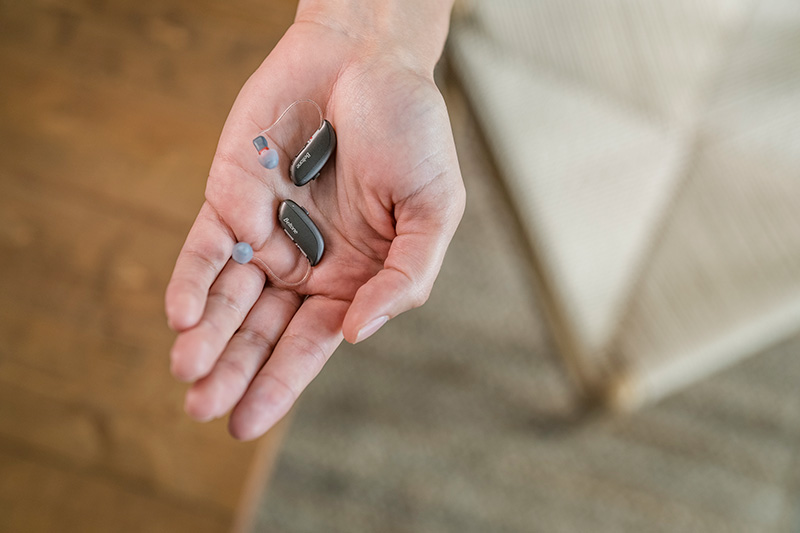Maintaining good hearing is vital for overall well-being and may even lower the risk of cognitive decline, including dementia as one ages. Surprisingly, people over 70 with age-related hearing loss (presbycusis) often go without hearing aids, with less than 30% using them. Exploring the reasons behind this, we delve into the “cost of hearing aids.”
This article breaks down the expenses associated with hearing aids, highlighting what your investment covers, insights into making these essential devices more budget-friendly, and more.
What do hearing aids cost, and why are they so expensive?
Audiologists typically purchase hearing aids from manufacturers at wholesale rates and subsequently determine their retail prices. Depending on the technology integrated into the devices, anticipate spending between $4,000 and $8,000 for a set.
The cost of hearing aids and the reasons behind their expense are common questions. The pricing varies based on factors such as brand, style, location, and insurance coverage.
Despite these differences, the overall cost typically includes upfront charges, maintenance fees, battery costs, and other associated expenses.
Read further to learn why hearing aids are expensive, and what the significant financial commitment required for obtaining and maintaining these essential devices is.
Why is the cost of hearing aids so high?
One major factor contributing to the high costs of hearing aids is the upfront expenses, which is the immediate investment required when buying these devices from your audiologist.
Although it may appear substantial, this initial cost encompasses several essential elements that shed light on the overall pricing.
Primarily, you’re covering the devices themselves, including materials such as:
- Microprocessors
- Microphones
- Advanced technology
- Extensive research
The amount of time and resources invested in the research and development of hearing aids require manufacturers to set a higher price to recover these costs.
Ultimately, the expenses associated with research and technology aim to enhance the versatility, comfort, and overall effectiveness of hearing aids for the wearer.
Also, there’s likely an inclusion of initial hearing tests and examinations conducted by certified professionals before recommending a specific hearing aid for treatment. Plus, initial fitting and subsequent adjustments require appointments, contributing to the overall upfront cost.
Given the significant investment in hearing aids, many individuals opt for a warranty plan to safeguard their devices against potential issues or damage, albeit at an additional upfront cost.
Maintenance costs of hearing aids
Following the initial investment in devices, exams, and warranties, you are likely to encounter additional costs over the lifespan of your hearing aids.
Continual adjustments and cleaning constitute two of the most recurring expenses, necessitating visits to your hearing aid specialist approximately 3-4 times a year for inspections and cleanings.
These regular appointments may unveil issues requiring repairs, contributing to the ongoing maintenance cost.
Battery costs for hearing aids
Another ongoing expense associated with hearing aids is, undoubtedly, batteries, as these devices require power to function effectively.
Depending on the type of device you use (and consequently, the specific battery it requires), the price may vary.
While certain batteries offer extended lifespan, your monthly or yearly battery costs may differ from others. Nevertheless, the cost per battery pack remains relatively consistent across a variety of designs.
If you opt for a rechargeable battery for your hearing aids (provided your device is compatible), this choice may increase the initial cost but has the potential to save you money in the long-run. Explore our blog on rechargeable batteries for more insights into this cost-effective option.
Hearing aids are worth the investment
Hearing aids often cause a bit of sticker shock when we talk to our patients, but it’s important to remember that treating hearing loss is about more than just hearing. Untreated hearing loss can cause an array of other health problems, like dementia or depression, and folks with untreated hearing loss actually spend more on health care than the investment of a hearing aid.
If you’re ready to take control of your hearing loss or are looking to upgrade your current hearing aids, Beltone Tristate can help! Schedule an appointment with our team today.

